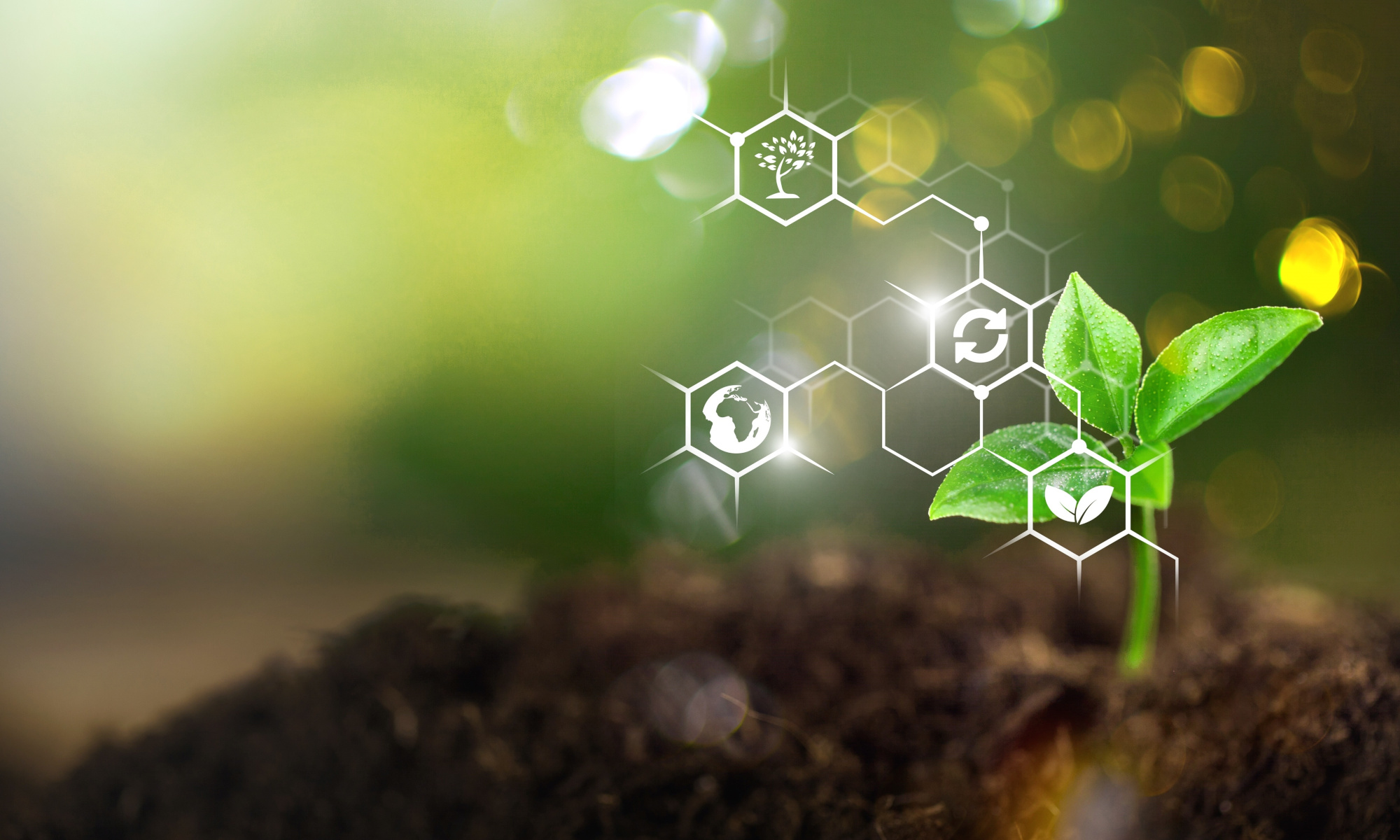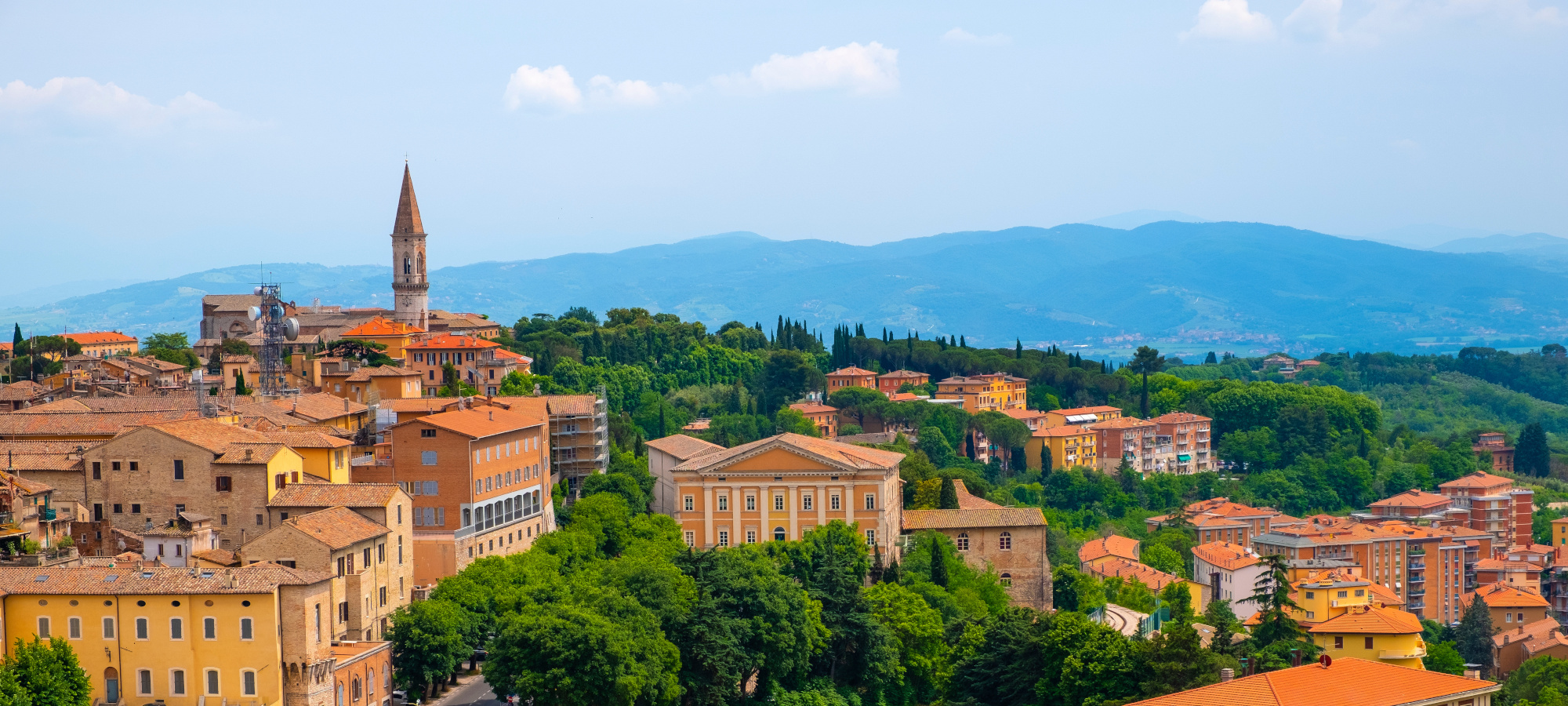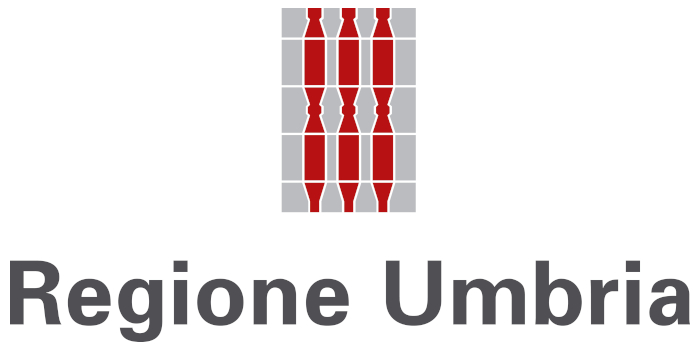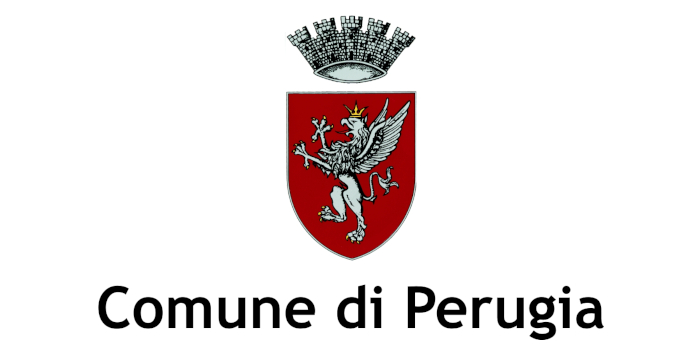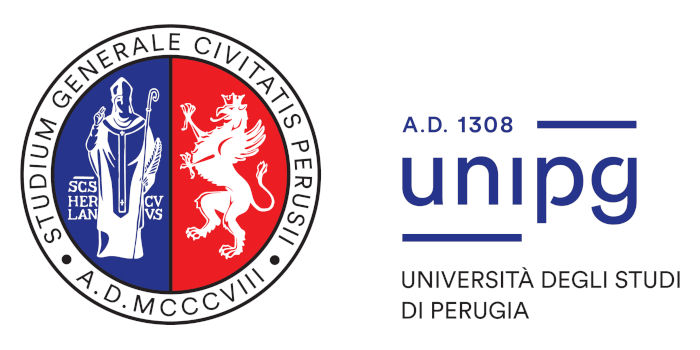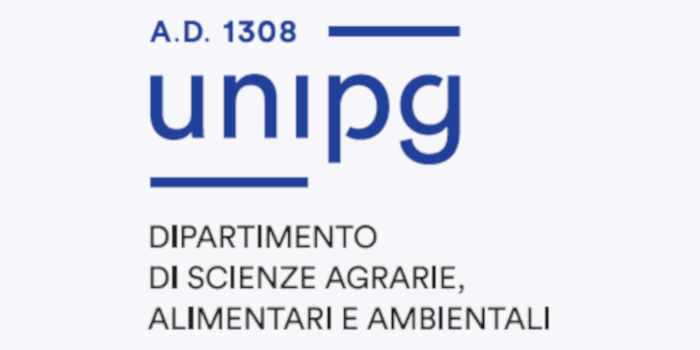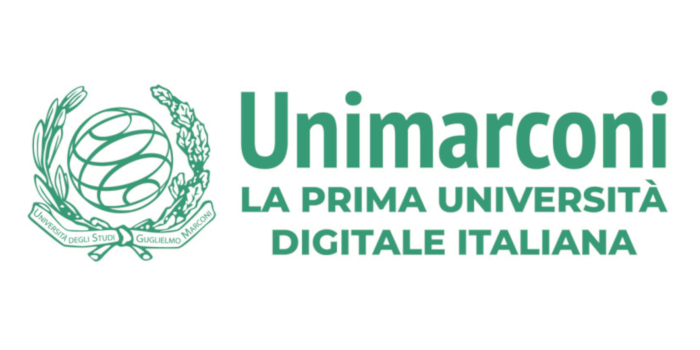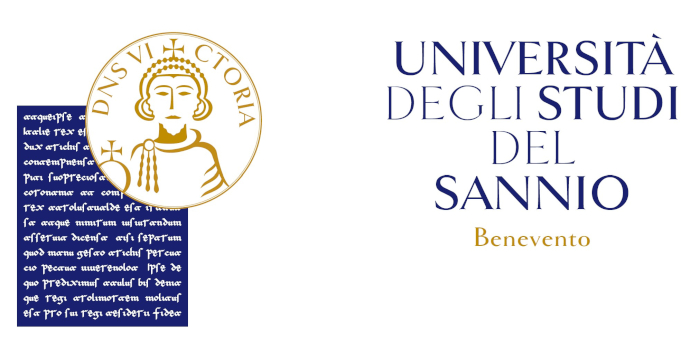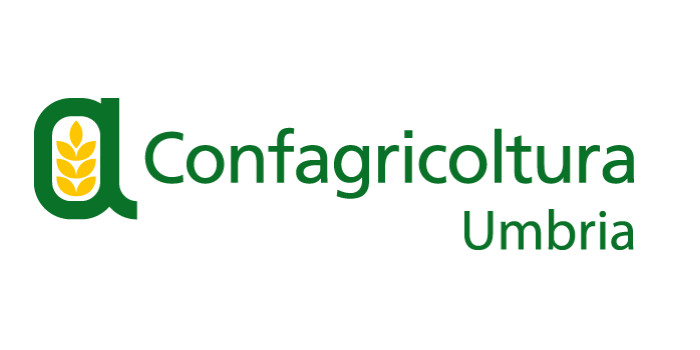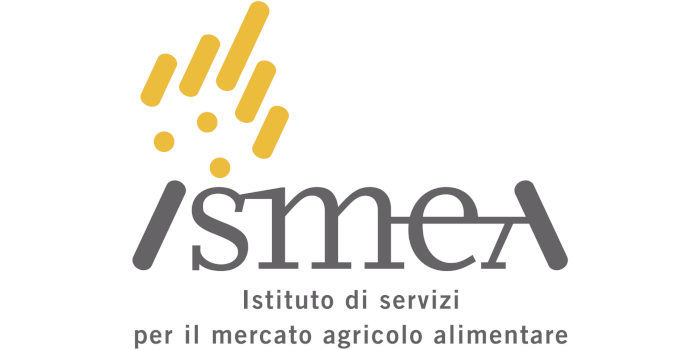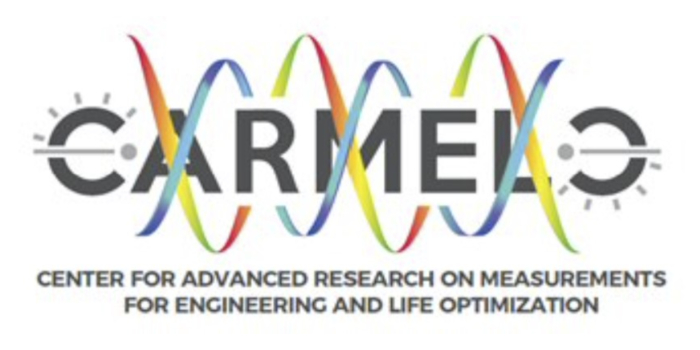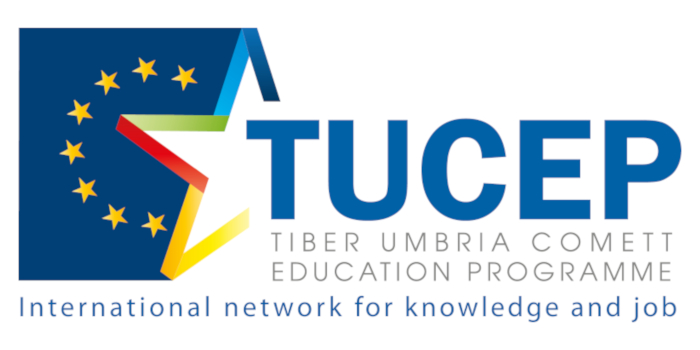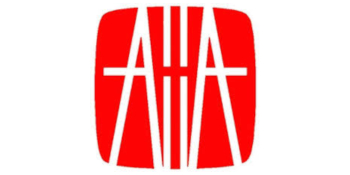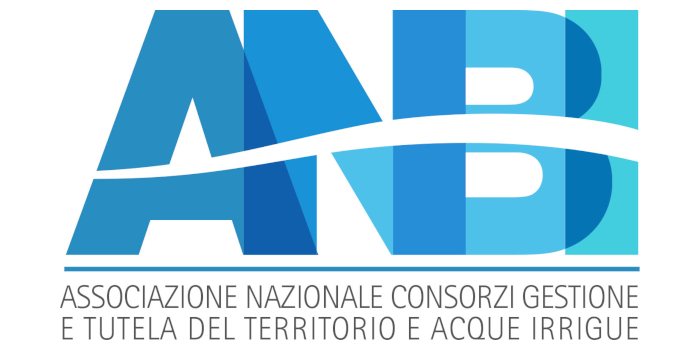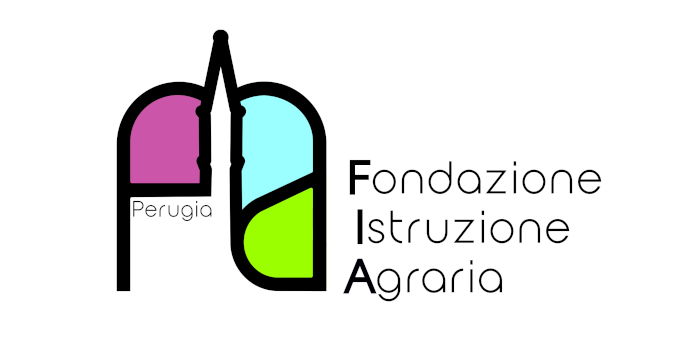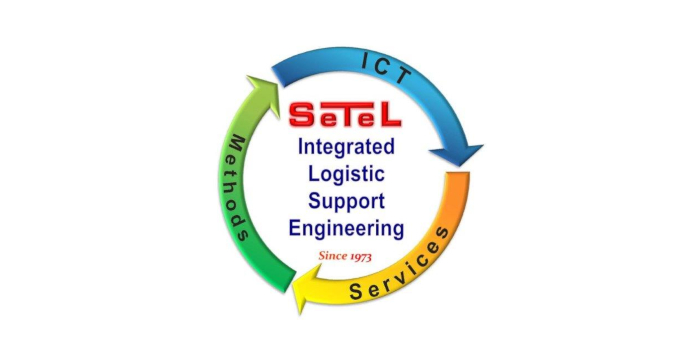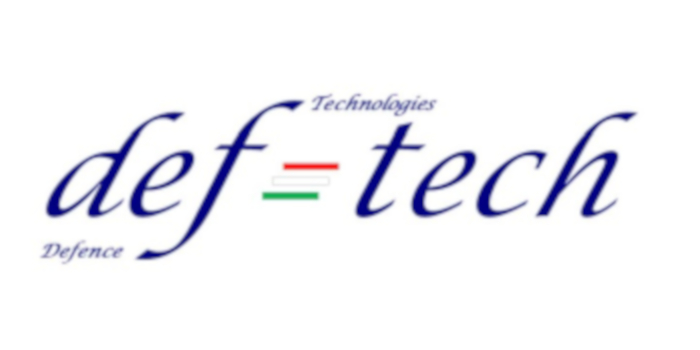Advanced remote sensing techniques to monitor steep-slope viticulture under climate change scenarios
Paolo Tarolli
University of Padova (Italy)
ABSTRACT
Steep-slope agricultural areas are often cultural landscapes where cultivation takes place according to traditional knowledge. They are sometimes inscribed in recognized protection lists, such as UNESCO-WHS or FAO-GIAHS. In the Mediterranean basin, slopes are often cultivated with vines, significantly contributing to the economy of entire geographical areas. Such vineyards are the result of the layering of several agricultural patterns over centuries of history, assuming complex morphologies, therefore intrinsically susceptible to slope instabilities. Climate change can amplify this criticality. It can be a threat to these fragile environments, mainly due to the intensification of intense rainfall events that trigger soil erosion, but also to periods of drought that represent a rising critical issue for the entire agricultural sector (e.g., the impact of the drought of 2022 in Europe). This complex overview makes it necessary to increase vineyard sustainability, inviting stakeholders to invest in water and soil conservation measures. The application of recent high-tech devices can help to understand the processes occurring on terrain surfaces. New frontiers in Earth observation include remote sensing techniques such as Uncrewed Aerial Vehicles (UAVs) and airborne laser scanners, which supply a three-dimensional reconstruction of surfaces. GIS-based analyses and high-resolution simulations provide a spatial view of the information obtained, combining them into valuable products for decision-making. This seminar focuses on some examples where key analyses involving new remote sensing technologies have been carried out to make the so-called “heroic viticulture” more resilient to climate change.
SPEAKER BIO
Paolo Tarolli is Full Professor in Soil & Water Conservation and Agricultural Water Management at the University of Padova (Italy). He is also Visiting Professor at Dalian University of Technology (P.R. China), and Adjunct Professor at University of Georgia (USA) and Alexandru Ioan Cuza University of Iaşi (Romania). He is Vice President of Soil and Water Conservation Division of Italian Society of Agricultural Engineering (AIIA), and he was Deputy President of the Natural Hazard division (EGU) from 2019 to 2022. He is an expert in digital terrain analysis, earth surface processes analysis, natural hazards, geomorphology, hydro- geomorphology, lidar, structure-from-motion photogrammetry; new research directions include the analysis of topographic signatures and the impact of human activities, focusing on agricultural landscapes & land degradation. Tarolli is Chief Executive Editor of Natural Hazards and Earth System Sciences, and Associate Editor of International Soil and Water Conservation Research, Land Degradation & Development, Remote Sensing. He is the author of more than 150 articles published in international peer-reviewed journals and books. He is ranked in the list of 100,000 top world’s most cited scientists (source Scopus by Elsevier BV).
